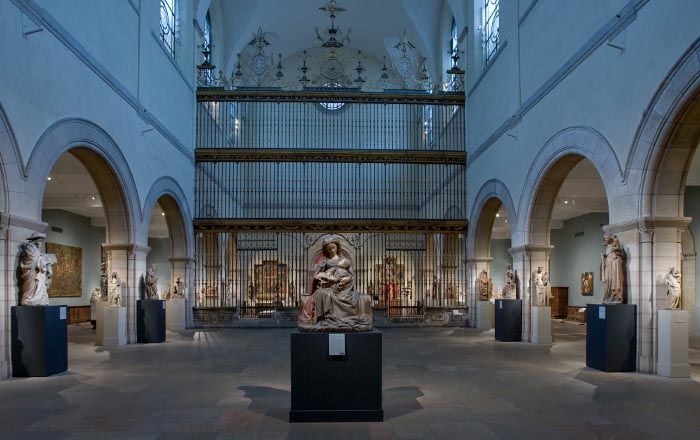Returned to lender The Met accepts temporary loans of art both for short-term exhibitions and for long-term display in its galleries.
Three Coats of Arms of Sir Hugh Wake over a Royal Fatimid Inscription
Not on view
To the victor go the spoils. This large slab of white marble was a prize won in battle. It had first been used to record the building of a tower in Ascalon during the reign of the Fatimid caliph al-Zafir (1149–1154). The city’s defenses were inadequate against the attacks of Crusaders, among them Englishman Sir Hugh Wake (died 1241). For Sir Hugh’s purposes, a mason turned the inscription on its side and cut through it, superimposing the Englishman’s coats of arms and two smaller, unidentified ones. The intended use is unknown, but the message concerning who is in charge is clear. The memories of both the tower and the knight were revived when this slab was excavated in Ascalon several decades ago.
This image cannot be enlarged, viewed at full screen, or downloaded.

